Historic kitchen garden at Château de La Roche-Guyon
Our mid-June French château-visiting plan was foiled when we missed the last house tour at Château d’Ambleville (not that I minded, with that wonderful garden to explore). But like I said, you can’t throw a rock without hitting a castle in France. So we drove 15 minutes south to La Roche-Guyon to see its grand château (built in the 1200s) and medieval fortress (dating from the 1100s) dug into a chalk hillside overlooking the Seine.
I took one look at the towering fortress — which my husband was eagerly eyeing — and envisioned the twisting, narrow stair that led up there and then glanced across the road where a walled garden was visible. “Uh, honey, I’ll be over there. Take your time and have fun!”
The historic potager at Château de La Roche-Guyon, planted in the early 1700s, was restored in 2004, and it’s free and open to the public until the gates are locked around 4 or 5 pm. It was late in the afternoon when we arrived, and only a few other visitors were exploring the garden just before closing.
The day was warm, and the light was slanting low through the leaves of apple and pear trees.
It was just me and the bees.
Behind the trees, a meadow mix of tawny grasses, thistles, and daisies softened the garden’s formality with shaggy, semi-wild texture. The charming old buildings of the village were visible beyond the garden wall, and the hillside rose up behind them.
It was picturesque. And flat. My tired feet were thanking me for not climbing the stone tower.
Sturdy, carefully pruned apple trees held up branches of ripening fruit…
…in green bouquets.
Spiny thistles…
…and daisies filled in below.
Wide gravel paths led on the diagonal into the garden, which buzzed sleepily.
A bent and twisted steel beam rising from a silver nest of wire fencing makes a modern focal point at the rear of the garden.
Soon I reached a low wall overlooking the Seine — a rural view so different from the river’s passage through Paris. I sat here for a while and watched a barge go by.
My phone buzzed, and I saw a message from my husband and daughter: “We’re at the top.” I turned to look at the castle and saw two tiny figures waving at me from the top of the tower.
Here’s the view they had: I’m at the semicircular wall by the river. From above you can fully appreciate the decorative nature of the garden’s layout, which the château’s inhabitants would have enjoyed from their stony perch, while their kitchen staff made use of its utility in producing food for the table. I wonder what the owners do with all the apples and pears the orchard produces today?
The town of La Roche-Guyon itself is charming, and I wished we’d arrived earlier in order to visit its shops and restaurants, which were closed by the time we’d finished our respective tours. We drove through town and up its winding lanes, pointing in amazement at cave-houses and cave-garages carved out of the chalk hillside. Leaving town on a road that parallels the Seine, we admired well-kept cottages and gardens.
This was our last day in France. The next day we boarded a train for England and glided through the Chunnel (the longest undersea tunnel in the world, running under the English Channel), arriving in London for a two-night stay.
Coming up next: A stroll through London’s lovely Hyde Park and Kensington Gardens, plus the Tower of London. For a look back at the Italian Renaissance garden at Château d’Ambleville, click here.
I welcome your comments; please scroll to the end of this post to leave one. If you’re reading this in a subscription email, click here to visit Digging and find the comment box at the end of each post.
_______________________
Digging Deeper: News and Upcoming Events
Give a listen to Hothouse, “a new podcast about design, ecology, and the way we garden now,” hosted by Austin landscape designer Leah Churner. Tune in for her in-depth and insightful interviews with regional gardening experts like Central Texas Gardener‘s Linda Lehmusvirta, author Jenny Peterson, and designer Colleen Dieter. As with my own Garden Spark speaker series, Hothouse is cultivating gardening conversations for thinking gardeners (as I like to call us) in the Austin area.
Join the mailing list for Garden Spark Talks! Inspired by the idea of house concerts, I’m hosting a series of garden talks by inspiring designers and authors out of my home. Talks are limited-attendance events and generally sell out within just a few days, so join the Garden Spark email list for early notifications. Simply click this link and ask to be added.
All material © 2006-2018 by Pam Penick for Digging. Unauthorized reproduction prohibited.


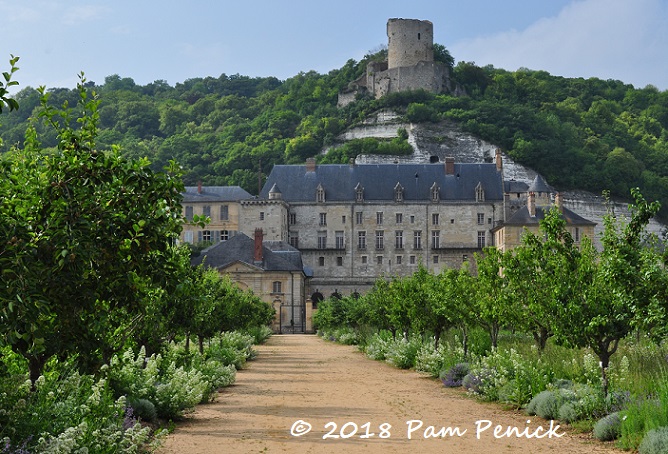
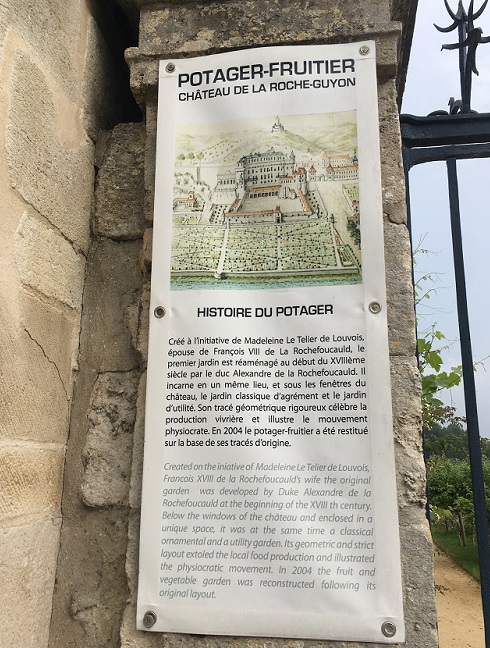
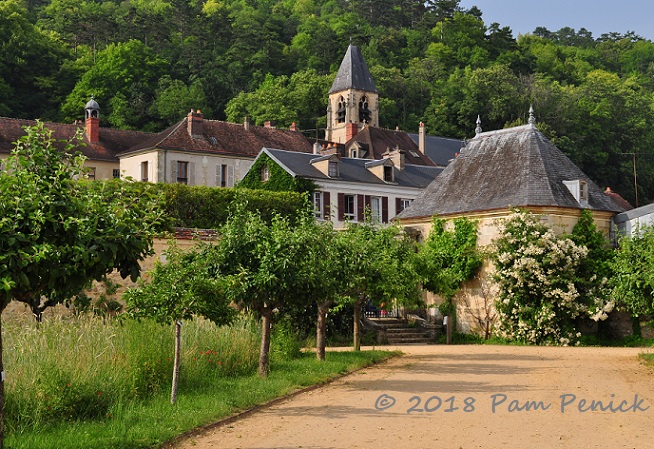
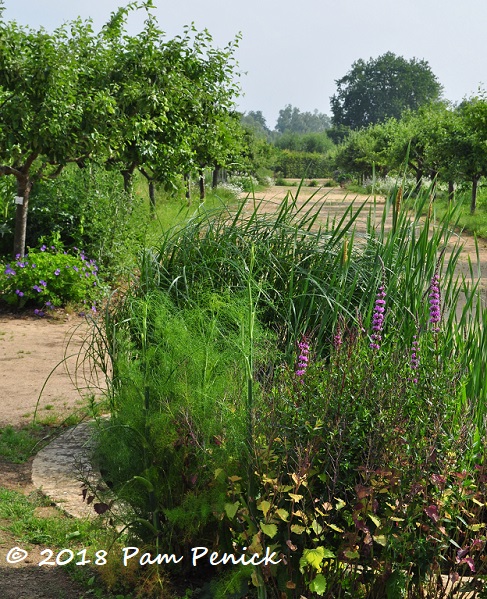
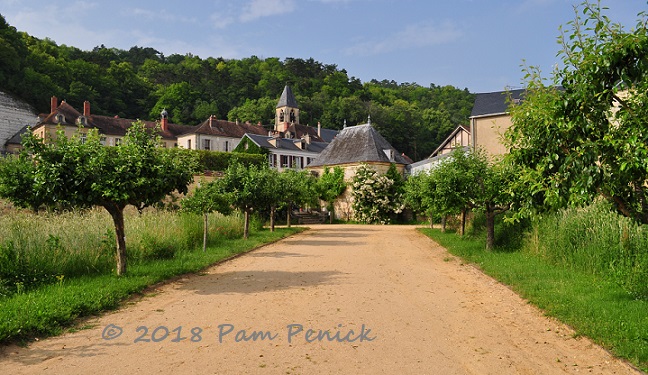
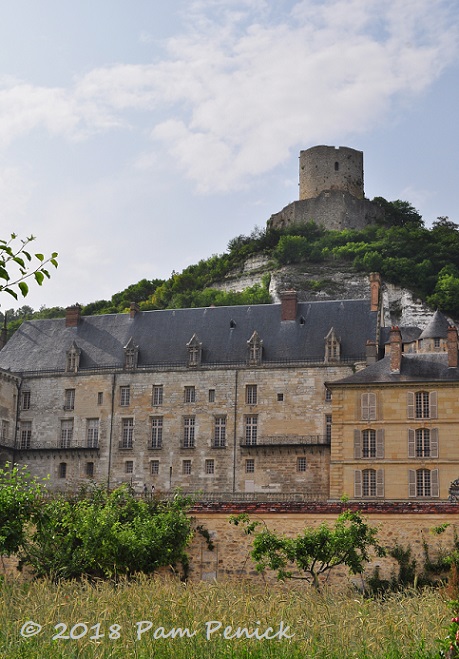
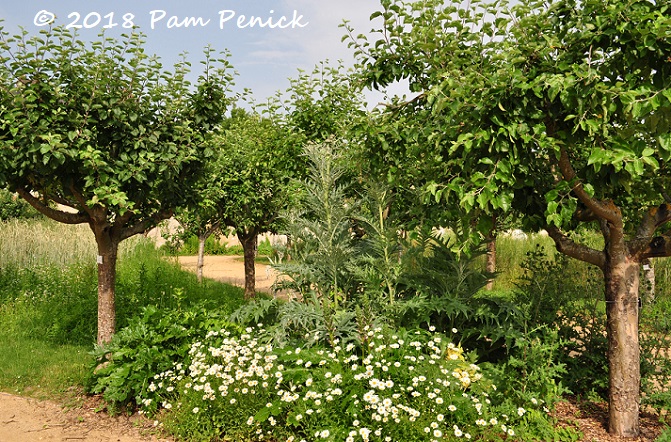
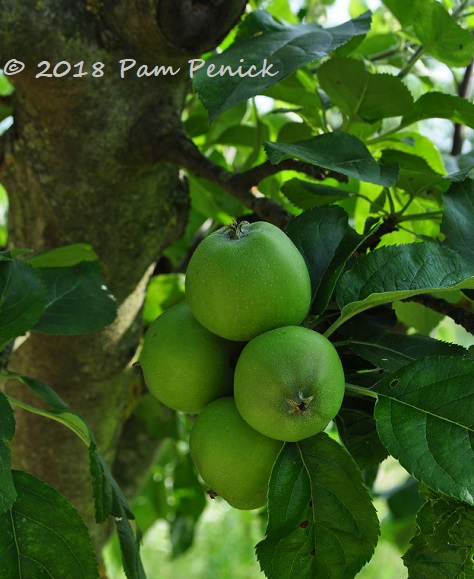

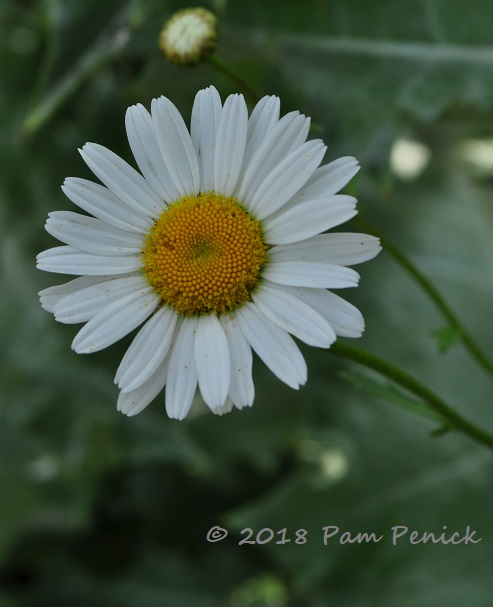
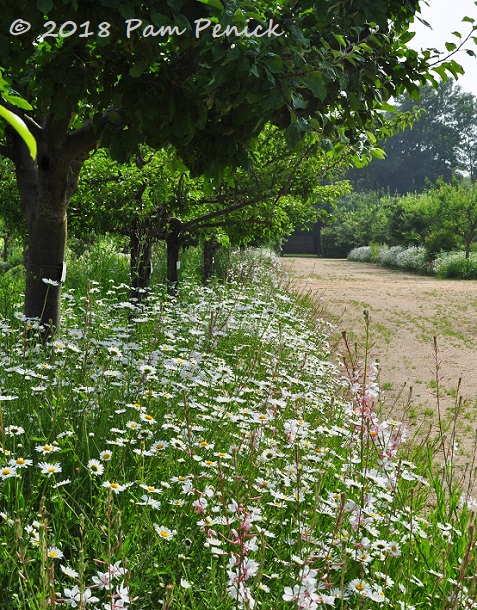
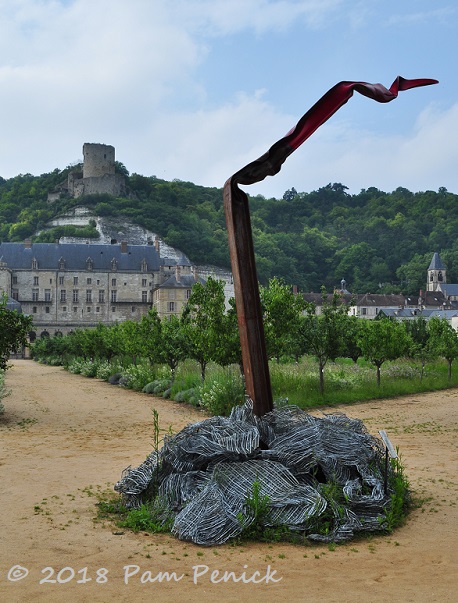
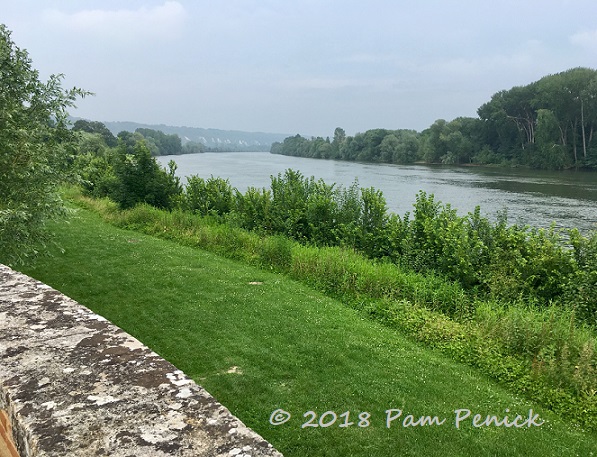
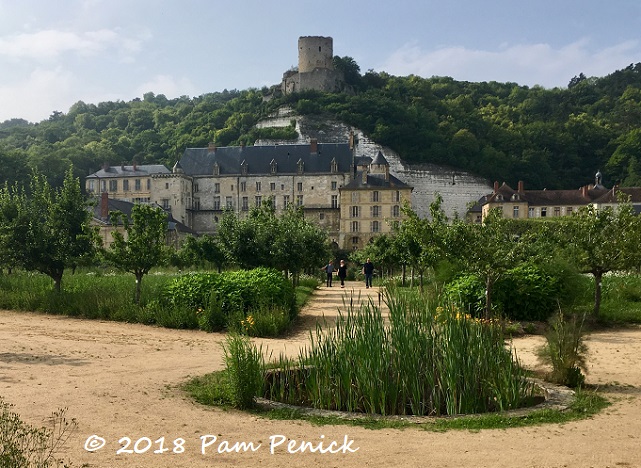
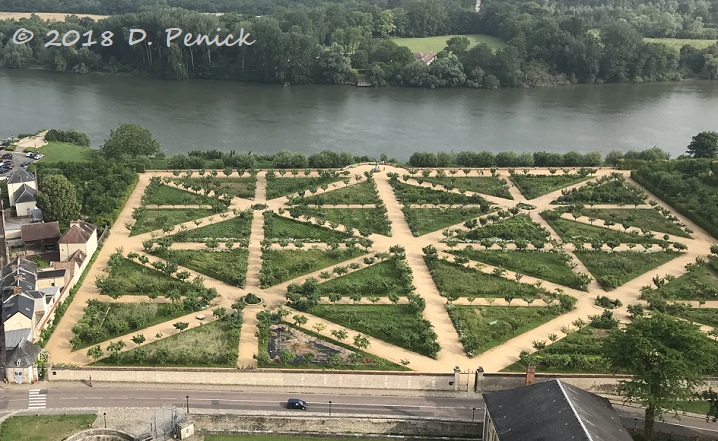
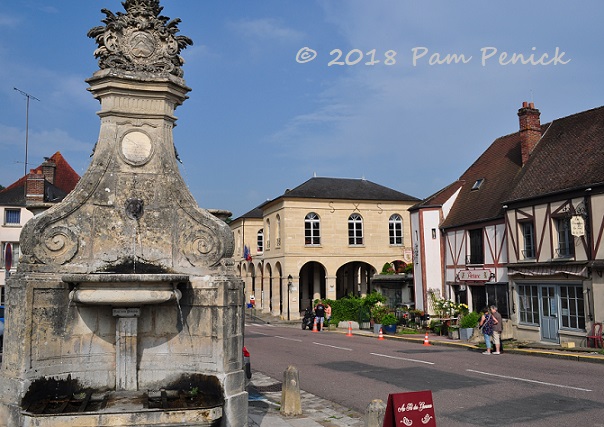
I’d have never thought I’d find a castle attractive (I didn’t care for Versailles) but they do make a great back-drop for garden photos! I love the photo of the Seine.
Like you, I didn’t feel the desire to revisit Versailles this time around. And I can take only one or two castle or cathedral tours in any given country. But I apparently have no limit on the number of gardens I can visit, and a castle backdrop makes for lovely scenery.
Lovely! I know in the past, the castle owners would have had an army of gardeners to take care of these things, but how amazing these grand gardens are…
Yes, it’s daunting to think how much labor it would take to maintain such a large garden. But based on the house, I’d say money was, at one time, no object.
What a garden! Reading that you sat there and watched a barge go by reminded me of a book I read about a book shop on a barge. This reminds me of some of the scenes I read about in that book. I have enjoyed your stroll through France.
Thanks, Lisa!
This was a lovely little interlude before I go back to my own garden and continue pulling weeds and trimming bushes and low hanging trees. I felt like I was sitting there with you watching the barge go by.
I’m delighted to hear it, Barbara. Thanks for your comment, and may your weed-pulling and shrub-trimming be zen-like.